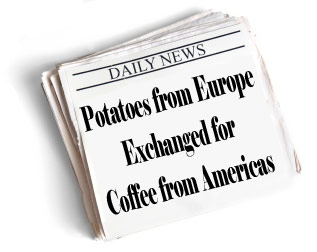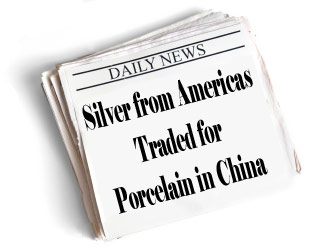
Unit 2: How Trade and Travel Changed the World
Lesson I: Old and New World Exchanges
Opening: Out with the Old World and in with the New
In this lesson you will learn about the impacts of exchanges between the Old World of Europe, Asia, and Africa, and the New World of the Americas. Travel, trade, and conquest caused economic and social change, and transformed the global economy. These changes benefited some people who became wealthy and expanded their political control. However, the cost (harm) often exceeded the benefits for others. Indigenous or native populations suffered from exploitation and abuse. You may recall that previous trade networks such as the Silk Road also caused changes to regional and local societies, resulting in both costs and benefits.
In order to more clearly understand the impacts of these exchanges, consider the examples of the goods exchanged below. Review each of the examples of exchanges that took place between the Old and New Worlds, and complete the assignment that follows.




Written Activity - Notebook
In your notebook, respond to the following questions:
- How did each exchange represent a benefit for either the Old or New World?
- How did each exchange represent a cost for either the Old or New World?
Now that you have predicted the costs and benefits of Old and New World exchanges, proceed to the next activity to learn about the role of the Columbian Exchange and Transatlantic slave trade. As you will see, many of the items in the exchanges represented benefits for the people of Europe and the Old World, but harmed the indigenous populations of Africa and the New World of the Americas.

